With a presence in the Thai market for nearly 15 years, Dahua Technology has established itself as a prominent player in the local market. As one of the leading suppliers in Thailand, Dahua, along with Hikvision, controls a significant portion of the video surveillance market.
Traditionally working with the commercial channel (distributors and resellers), in the last 18 months, Dahua Thailand also added a dedicated project team for B2B or B2G projects that works directly with SIs and assist in integration and software capabilities.
As part of our coverage of the Thai security market, we had a chance to interview Mr. Aaron Ding, MD of Dahua Technology (Thailand). In this interview, Mr. Ding shares his analysis of the current market trends and future potential and discusses the challenges and growth drivers that shape the Thai security market.
asmag: Overall, how did the Thai security market perform in 2022? What were some of the major growth drivers that you have seen?
Ding: In 2022, the security industry faced tremendous challenges. There was post-pandemic economic slowdown and rising interest rate, individuals and companies were spending less on new investment and renovation of ELV equipment. Despite the adversities, there were still opportunities in AI-enabled solutions like intelligent recognition.
asmag: How do you think the Thai security market will perform in 2023? Will it experience higher growth compared to 2022? Will growth be generated more by public sector or private sector?
Ding: Overall we predict a fast recovery and are optimistic about the Thai security market performance in 2023. Tourism is recovering, and this brought up a need for modernizing hotels, retail and all the other facilities that cater to tourists and need security solutions. Apart from hospitality, FDI in the manufacturing industries in Thailand will be resulting in a 25 percent growth compare with last year, according to public information. If we look specifically at Chinese FDI, electric car manufacturer BYD also setup a manufacturing facility in Rayong. The Chinese investment in factories in Thailand is growing and there is demand for security solutions. They need safety, security and production efficiency.
asmag: Do you feel there is any special demand in the market for a specific solution (e.g. access control, video surveillance, parking, time and attendance, biometrics, etc.)?
Ding: Parking management and traffic management are two demanding sectors. We have a comprehensive solution for traffic management that can intelligently sync with traffic lights and help with traffic violation enforcement. Another sector where there is big potential is intelligent parking systems. Parking in Thailand is complicated, most of the parking spots are private and have different rates and regulations. Dahua is looking to provide a more systematic parking experience, build an ecosystem that can help parking lot management become more efficient. Besides, EV car charging will be a special demand in the market for a specific solution. Installing cameras not only can provide record to help address any potential security issues but also help car owners easily find and book an available EV charging station.
asmag: What security technologies (AI, cloud, etc.) are trendy in Thailand? What user challenges/needs do they solve?
Ding: I think that AI will be a really important trend not just in Thailand but in any countries. DAHUA has accumulated over 5 years of technical expertise and a large number of global application cases in the field of AI technology. We have provided services to various industries in Thailand. For example, AI-based recognition can help make factories safer by making sure employees wear safety helmets to avoid accidents.
asmag: What would you describe as the biggest challenge for market growth?
Ding: I think the biggest challenges for the development of the security market are twofold. Firstly, the increasing demands of national regulations and compliance requirements, such as The Personal Data Protection Act (PDPA) in Thailand. Secondly, although the world’s technology industry is rapidly developing, there is still a shortage of talent in certain areas, such as AI technology and data analysis, this can affect companies’ ability to drive technological innovation and development.
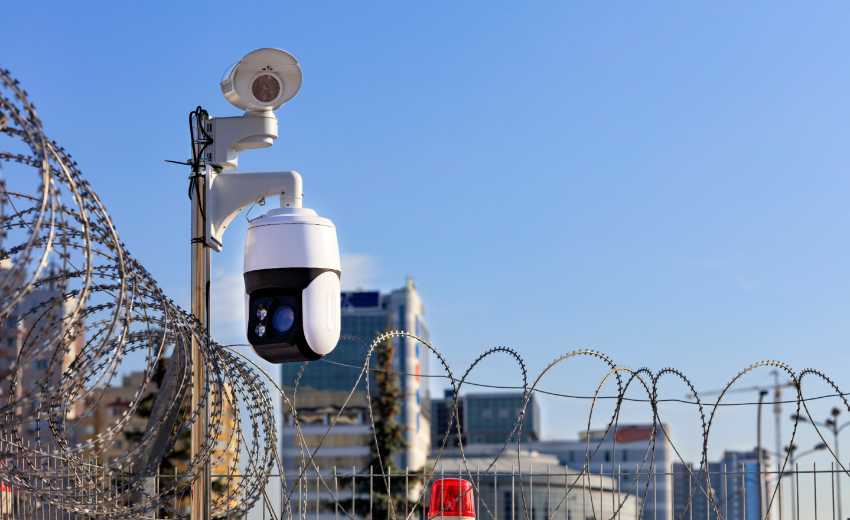
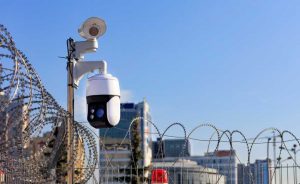





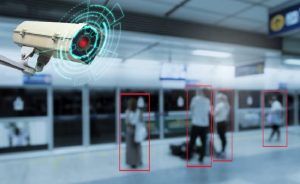

 objective in smart city initiatives. But how many projects have actually been deployed? This note examines some interesting case studies from Taiwan.
objective in smart city initiatives. But how many projects have actually been deployed? This note examines some interesting case studies from Taiwan.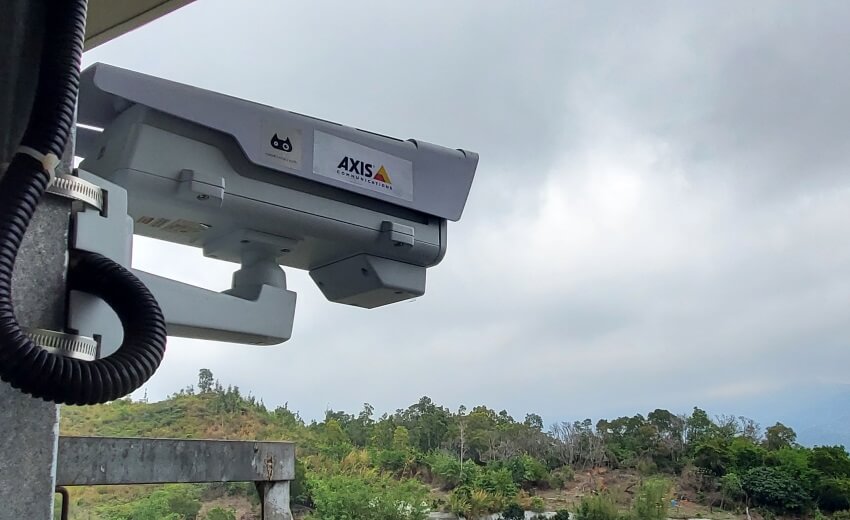
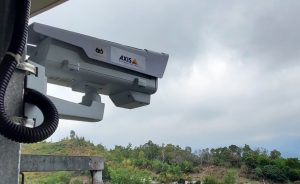 Big Tree Animal Sanctuary and Adoption Center (Big Tree) is located in Kam Tin, a remote rural area in Hong Kong. The Center operates one of the largest animal sanctuaries in the city with more than 180 dogs and cats living in the center. Their mission is to advocate animal rights by protecting abandoned animals with shelters and care. The center is surrounded by hills and trees which faces high risks of wildfire especially during the period of Ching Ming Festival and Chung Yeung Festival.
Big Tree Animal Sanctuary and Adoption Center (Big Tree) is located in Kam Tin, a remote rural area in Hong Kong. The Center operates one of the largest animal sanctuaries in the city with more than 180 dogs and cats living in the center. Their mission is to advocate animal rights by protecting abandoned animals with shelters and care. The center is surrounded by hills and trees which faces high risks of wildfire especially during the period of Ching Ming Festival and Chung Yeung Festival.